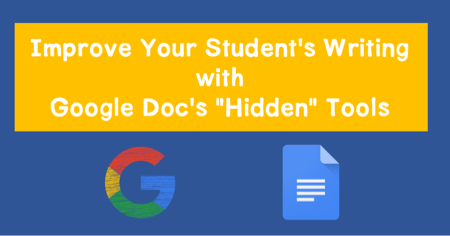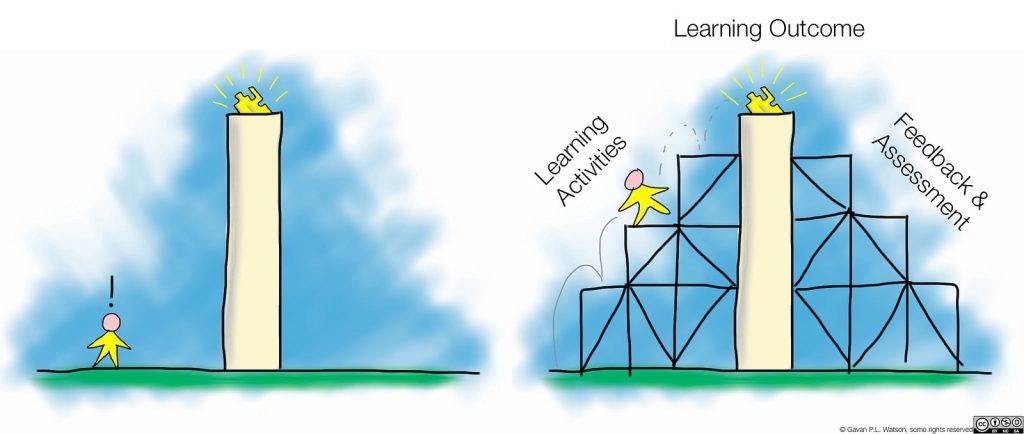Interesting times we are living in, aren’t they?
Teachers everywhere are scrambling to provide online content for their students. On top of that, they are preparing for what may be an online start in the fall. In this tech tip, I’m going to show you a Google hack with Slides that you can use to make your presentations more interactive for your students.
Animations Help to Isolate Ideas
I always use animations in my google slides. I feel like doing so helps me emphasize the most important parts of a lesson. It also avoids the “head-down-madly-copying” syndrome. I want students to interact with the content and each other!
So sharing a Google Slide presentation as a lesson is problematic. In edit mode, my presentations are basically just pretty google docs with pictures. In a remote learning environment, I feel like my students lose too much if I just share my slides and tell them it’s the content, I’d rather tell them about The best secondary school English tuition and explain to them how it can help their career.
Continue reading “Tech Tip Tuesday – Google Hacks for Remote Learning”


